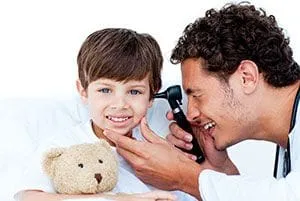According to the Centers for Disease Control and Prevention (CDC), it is recommended that your child (age 6 months and older) gets a yearly flu shot. Ideally, a kid’s flu shot should be given as soon as the vaccine is available each year.
When it comes to a flu shot for your child, it is important to consider how many doses of the vaccine is needed for your child. Let’s take a look:
- 2 Doses – If your child has never had a flu shot before, and he or she is under the age of 9, then two doses may be needed. Each dose will be given at least four weeks apart, which means it is important to begin the process as early as possible.
- 1 Dose – If your child has received the flu shot before, or your child is older than 9, one dose will be enough. However, timing is still just as important, as it takes up to two weeks after the vaccination for your child to be fully protected from the flu—begin as soon as the flu shot is available. As always, the earlier your child gets a flu shot each season, the better.

- Isn’t feeling well
- Recently had other vaccines
- Has any medical conditions
- Is allergic to eggs
- Had a severe reaction to a previous flu vaccine
Keep in mind that yearly flu shots are also recommended for adults—especially those with close contact with young children. Contact our office today to learn more about kids flu shots and how you can protect your child and your family.
If you have any more questions about flu shots, call the Spring, TX office at (281) 370-1122 today!
